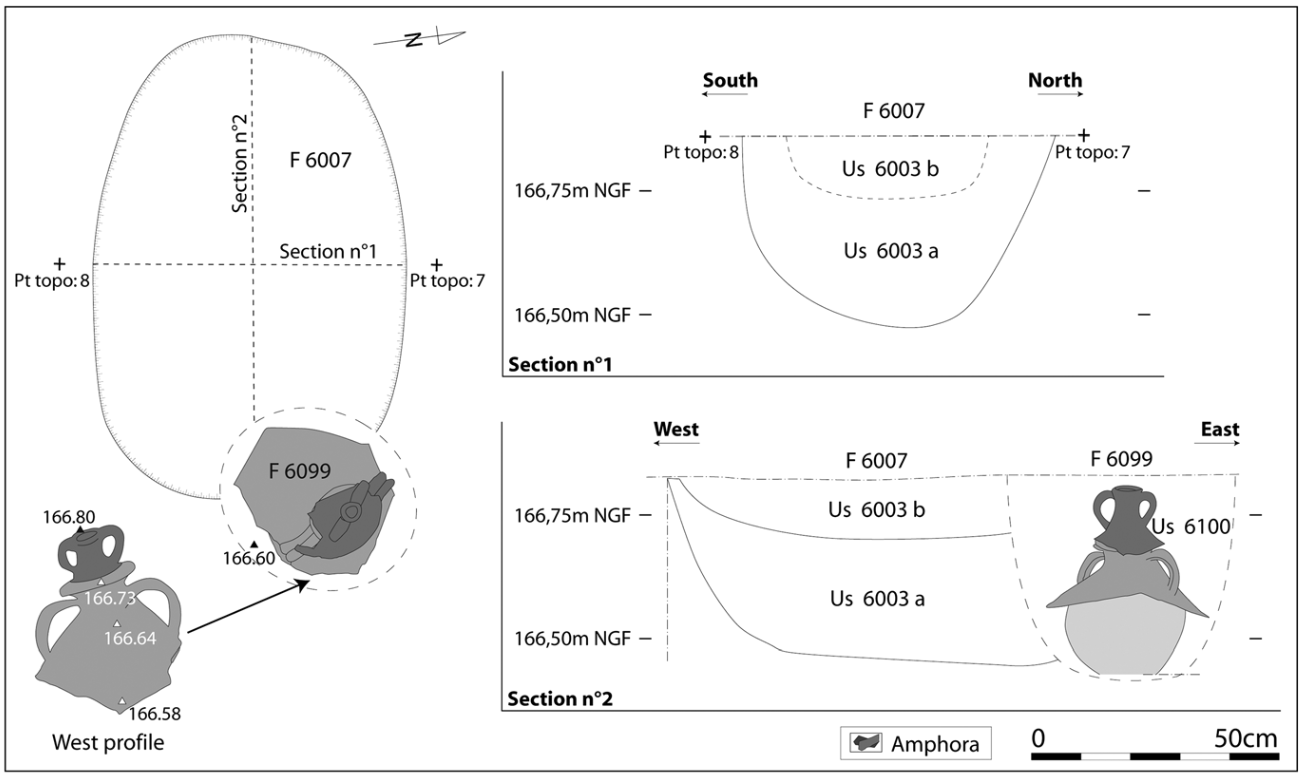Lyons
- Period: Roman
- Location: France
- Burials: 24 individuals
- Archaeologists: A. Andre, R. Leahy & S. Rottier
- Related Keyword/Categories: Cremation, Funerary Practice

André, Leahy and Rottier (2013) examine cremation burial practices in Lyons, France during the 2nd century CE. They investigated burial practices at the Tuileries site and necropolis. The necropolis contained 24 funerary structures, including a cremation area, an inhumed sepulchre and 22 secondary cremation structures consisting of different configurations of cremation residues and ossuaries. They investigate a number of these a specific cremation deposit in order to better understand how it was formed. They propose that the burials consisted of multiple events where mourners revisited the graves to present offerings to the dead. For one burial in particular, They hypothesize that an adult individual was first cremated on a pyre with various metal and ceramic artifacts, as well as offerings of food. The individual was burned whole in a hot pyre over a period of time. After the flesh had burned away, and the fire cooled, some of the remains were collected from the site and put into an urn. Next all the remaining bone was collected from the cremation site and deposited into the depression. This was then refilled with clean soil. Finally, a hole was dug into the side of this area and the urn was placed next to the other remains. The mouth of the urn was expanded and two amphorae necks were added to the top of it. These would have shown through the soil and would have allowed the mourners to make offerings following burial. There was no cap to seal the urn’s opening through the amphorae, evidenced by the presence of a mole.
References: A. Andre, R. Leahy & S. Rottier (2013). Cremated Human Remains Deposited in Two Phases: Evidence from the Necropolis of the Tuileries Site (Lyon, France: 2nd Century AD). International Journal of Osteoarchaeology DOI: 10.1002/oa.2317


